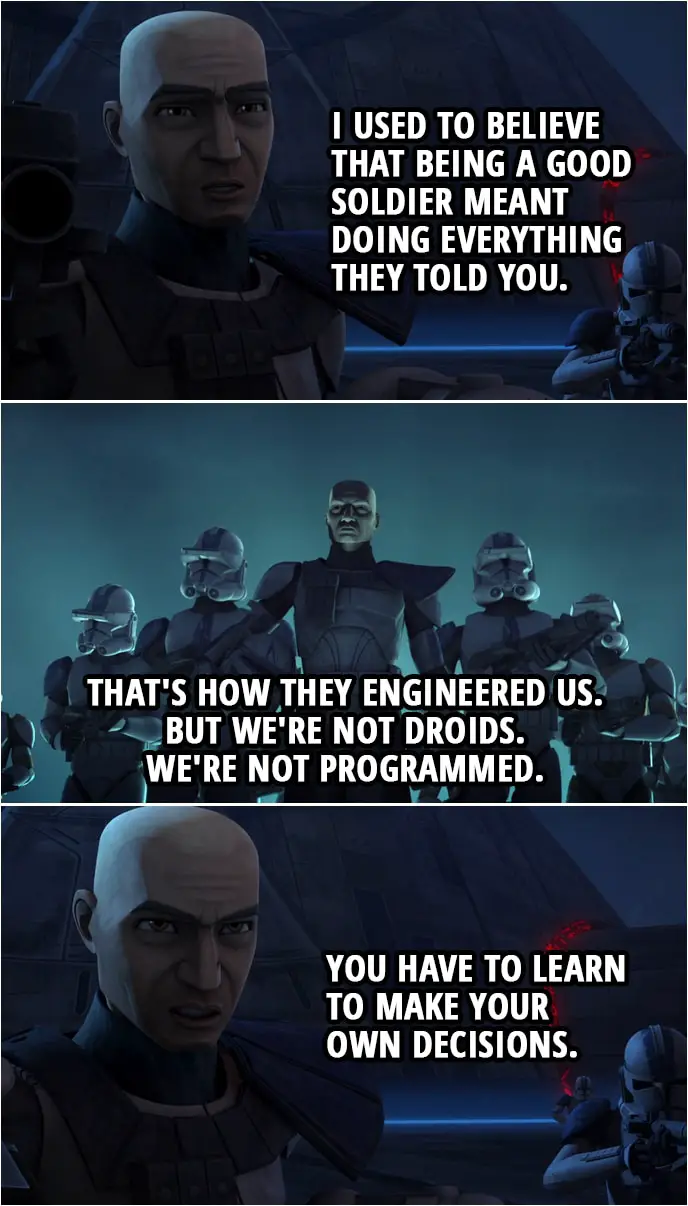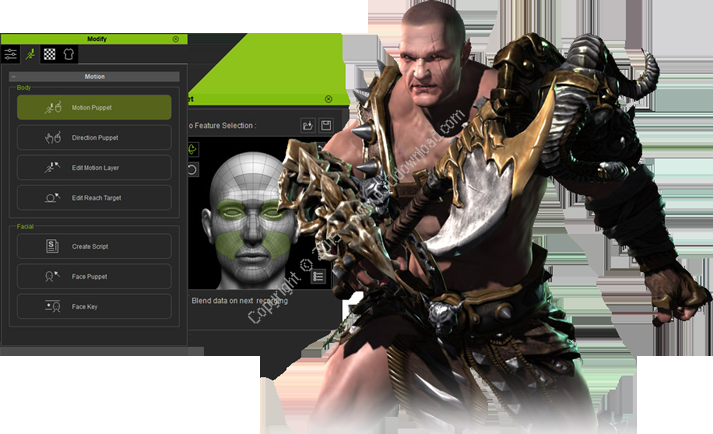

The stage was enhanced with Terrain, Sky, Water and the first appearance of SpeedTree natural tree and foliage designer. Material editing became possible from within iClone so enhancing any prop or actor was capable by exporting and editing material textures and reapplying them to iClone. Character animation was made possible with motion editing for inverse and forward kinematics. Multi cameras were added in iClone v3.0 with camera switcher for filming scenes in multiple real-time angles. Animation created in Director Mode built a series of live motion data on the iClone timeline and was able to be tweaked in Editor Mode. The Editor Mode and Director Mode were introduced to enable a scene editing mode and a live real-time director control mode where users could pilot characters and vehicles with videogame-like keyboard controls W, A, S, D. G3 characters enhanced Clone Cloth options and made character faces more refined with facial Normal Maps.

IClone v3.0 was launched in August 2008, adding a revised UI featuring scene manager for organizing projects and enabling the viewport for live direct object picking and interaction. Reallusion's Vice President John C Martin II presented the Machinima Festival attendees with a demo of iClone and news that Reallusion would provide a full commercial license for all movies produced with v1.0 and beyond as a counter-strike to game development companies’ policy.

iClone v1.0 was adopted by many Machinima filmmakers and was showcased at the 2005 Machinima Film Festival held at the Museum of the Moving Image in Queens, New York. The ability of gamers to sell or broadcast their films was challenged by game makers. The face mapping tools and real-time 3D animation environment made iClone popular with the community of Machinima, which is a video game based filmmaking technique that transformed gamers into filmmakers by capturing live video action from within video games and virtual worlds, like Quake and Second Life. Reallusion’s facial mapping and lip-synch animation technology derived from the 2001 release of CrazyTalk 2D animation software. It supported real-time 3D animation and creation of avatars from photographs. Reallusion launched iClone v1.0 in December, 2005 as a tool to create 3D animation and render animated videos.


 0 kommentar(er)
0 kommentar(er)
